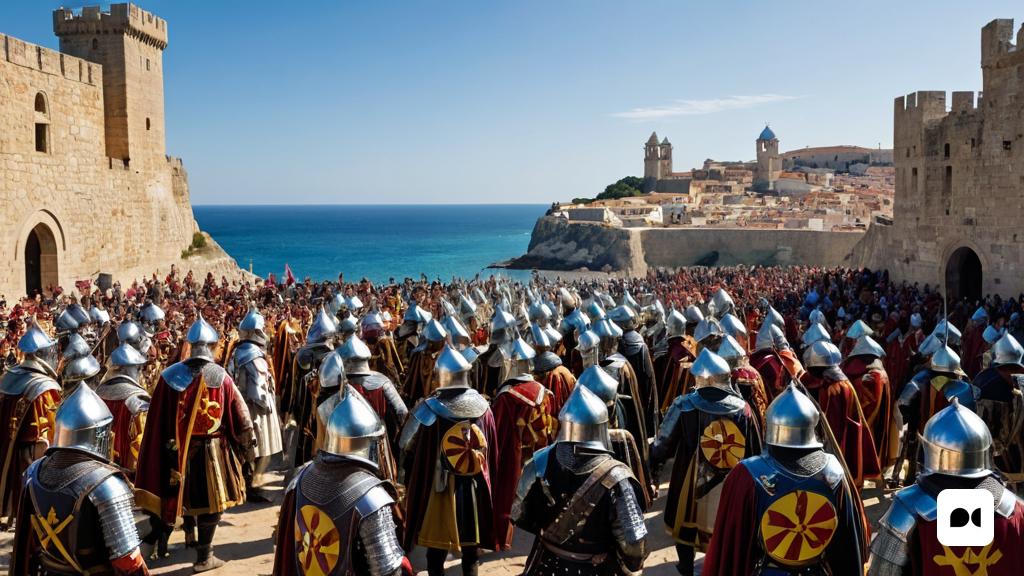A Historic Milestone: The Conquest of Eivissa and Formentera
August 8, 1235 marks a key date in the history of the Balearic Islands, when forces led by Guillem de Montgrí, Archbishop of Tarragona, under the authority of King James I, carried out the conquest of Eivissa and Formentera. This military action not only integrated these islands into the Catalan-Aragonese crown, but also symbolized a drastic change in the territorial control of the western Mediterranean.
The Context of the Conquest: A Territory in Transition
Before the arrival of the conquistadors, the Pitiüses had been under various dominations, beginning with the Vandals in the 5th century and ending with the Muslim taifa kingdoms in the 13th century. During this long period, the indigenous population experienced a profound cultural and religious transformation, becoming a predominantly Islamized community.
The Replacement Model: Consequences for the Local Population
The arrival of the Christian troops was not a simple invasion; it was a systematic process of population replacement. Most of the inhabitants who remained on the islands were deported to North Africa, while those who resisted were captured and sold into slavery. This brutal approach resembled that which had been implemented earlier in Mallorca.
The Territorial and Social Reorganization of the Pitiüses
With the island practically uninhabited, repopulation plans began. The pre-conquest agreements divided the ownership of the islands into four quarters, which were assigned to the nobles who financed the campaign. Thus, the archbishop of Tarragona and the counts of Rosselló-Empúries and Urgell became the new lords of these lands.
New Settlers: A Mosaic of Cultures
The new inhabitants of Eivissa and Formentera came mainly from the Camp de Tarragona, together with smaller groups from the counties of Rosselló-Empúries and Urgell. This process not only reconfigured the demography of the islands, but also laid the foundations for a new social and ecclesiastical order that would last for centuries.
Legacy and Long-Term Ecclesiastical Changes
The new ecclesiastical apparatus came under the jurisdiction of the Archdiocese of Tarragona, establishing a relationship that would last for more than six hundred years. However, in 1851, this link was challenged by the government, which sought to integrate the Pitiüses into the Archdiocese of Valencia, marking the end of an era.
Reflections on the Conquest
The conquest of Eivissa and Formentera by the forces of James I not only transformed the political geography of the Mediterranean, but also left an indelible mark on the cultural identity of the islands. This event invites us to reflect on the dynamics of power and the impacts of colonisation on local populations, issues that remain relevant today.

